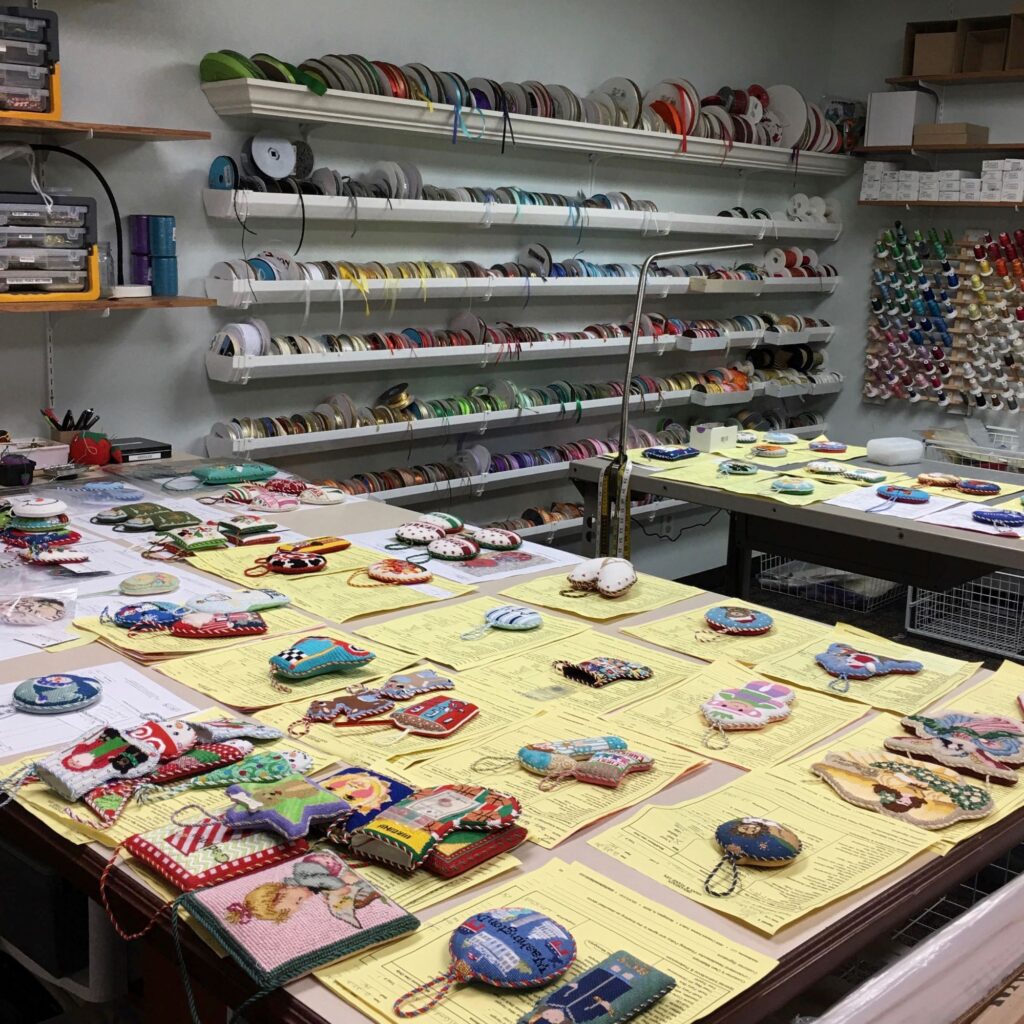3 Essential Types of Visual Supports To Help Autistic Kids Succeed Many parents and therapists have heard by now that visual supports can help kids make sense of their instructions. We know that auditory processing or making sense of...
3 Essential Types of Visual Supports To Help Autistic Kids Succeed

Many parents and therapists have heard by now that visual supports can help kids make sense of their instructions. We know that auditory processing or making sense of what they hear, is difficult for Autistic kids, and that visual learning is something they’re relatively good at. The problem is, when we start making visual supports things can get really complicated very quickly!
Maybe this sounds familiar to you: You start making a schedule for an Autistic child and suddenly you’ve put everything on it. You’ve put where the child needs to go, what they need to do when they get there, and how they need to do each activity. The schedule is long and complicated. Not even you want to look at it! You feel certain your client will be overwhelmed, but you can’t figure out what information you could leave out to make it simpler.
Not only is making complicated schedules a waste of our time, it’s confusing and frustrating for our kids. Autistic kids have a different sense of “central coherence,” than neurotypicals, meaning that they often see the details before the big picture. When we try to give too much information in one place, even if it’s visual information, it can create more confusion rather than more clarity.
The good news is, there is a very simple way to sort all of this out and make visuals that will get our kids where they need to go and help them know what to do when they get there. Keep reading to learn what three types of visual supports your Autistic clients may need and how to make them clear, simple, and to the point.
Sorting It All Out
Imagine this: You give a child a schedule. It tells them that it’s time to brush their teeth, and that they need to brush the top and bottom for 30 seconds each. But by the time they get to the bathroom, they’ve forgotten about the 30 second instructions. They quickly brush, and then aren’t sure what to do next. Now they have to go back and get the schedule to see what’s next….It says “wash face,” so they head back to the bathroom. But they forgot to look at the schedule where they would find the steps of washing their face. So they do it, but they don’t do a very good job. After that, they totally forget about the schedule and just go to their room. You find them using the ipad and say “What did your schedule tell you to do??” They shrug and say, “Wash my face.”
Now imagine this: You give your child a schedule. They look at it and see that it’s time for “bathroom routine” and they head to the bathroom. Once they are there, a to-do list shows them the sequence of activities: brush teeth, wash face, toilet. The child picks up the toothbrush. Right by the toothbrush they have a post-it note reminding them how to brush their teeth well. Then they check their bathroom to-do list, posted right in the bathroom and they mark off “toothbrushing” and see that next it says “wash face.” They find the instructions for face washing right next to the wash cloth. And then they check their to-do list and see that they should use the toilet. After that’s done, their to-do lists reminds them to head back to the schedule to see where to go next.
That sounds much better, right? This is what we do for ourselves. We use a schedule to guide our overall day. We use to-do lists to sequence individual activities within our schedule. And we use instructions to understand the steps of each activity.
My schedule may tell me that I have time set aside to do some deep cleaning (okay that’s wholly unrealistic…what working parent has time to deep clean!? But hear me out). Once I am ready to get started, I’ll have a to-do list showing me the activities involved in deep cleaning (clean the toilets, wash the baseboards, whatever else tidy people actually do) so that I can see what all I have to do and see that I’m making progress through the tasks. If there are any activities that I’m unfamiliar with, like say I have a new vacuum cleaner I don’t know how to use, I’ll reference a set of instructions to see how to complete that individual activity. If I wrote all of this in my planner it would be a huge mess! But when I break it down in this way I know exactly where to turn for all of my instructions.
Visual supports are just one piece of supporting our Autistic clients in their daily routines, but when done well they can make such a difference. And this process works whether your client understands writing, pictures, or even objects.
3 Types of Visuals to Get Them There and Help Them Take Action
1. Schedule: The schedule gives the big picture of the flow of the day (or part of the day). In a school, the schedule may say “Math, Science, Recess, Lunch.” At home, it may say “Dinner, Play time, Bathroom.” It should help the child get their body where they need to go, but not tell them exactly what to do when they get there.
Schedules come in all different forms. You can make a schedule using objects for your child who doesn’t understand pictures. You can use photographs or clipart. You can pair pictures with words for your emerging reader. Or you can use a written schedule for your strong reader. You’ll want to use what makes the most sense to your particular child.
2. To-Do List: The to-do list tells them what to do when they get where they are going. In school, the schedule may get them to math, but then the to-do list may say “Turn in homework, Get out pencil, Start activities written on board.”
Or at home, a to-do list may say “Put away shoes, Feed the cat, Free time.” For a young child coming to the table for OT, their to-do list may be “Shape sorter, Puzzle, String beads, Playdoh.”
To do lists should also be in the form that makes sense to your client. For kids who can read, a simple list often works well. But for more concrete thinkers, they may need to see the actual activities themselves laid out in a “list.” So for that child coming to OT, the shape sorter, puzzle, beads, and playdoh could be sequenced on a low shelf where the child can see that they are making progress as the activities move off of the shelf. No one likes to make a to-do list and not be able to check things off!
3. Instructions: The instructions tell the child how to complete a particular activity. Instructions on a worksheet may say, “Answer questions 1-7 and show your work.” Instructions in a shoe-tying activity may show each step of how to tie your shoes. Instructions in a stringing beads activity may show the child how many beads they should string and in what order.
Instructions can also come in many forms. For our kids who can’t read and don’t understand pictures, sometimes all we need to do is lay the activity out in a way that is clear and shows the steps in a way the child can understand. Others may be able to use picture instructions or written instructions to complete an activity.
Do What Works!
Our clients let us know what kind of help they need to be successful. Not every child needs every thing in their day on a schedule. They probably don’t need every schedule item to have a to-do list. And they certainly don’t need every activity to have instructions. It’s best to let their needs guide your visual supports. Use visuals for the transitions and activities that you find they always need your help with, but you’d like them to be able to do more independently. You should also try using them for the activities that they resist if you suspect part of the resistance could be about them not understanding what’s expected. (Since autistic children think differently than we do, this is the case more often than we realize!)
Visual supports don’t have to take a long time to make. They don’t have to be beautiful or perfect, printed in color, laminated, or Velcroed. What matters is that they make sense to your child, and help them move through their day with greater ease and success.
So try breaking it down! Where does your cleint need a schedule? Where could they benefit from a to-do list? And how might some instructions help them? When you make visuals that are clear and meaningful, your child will show you how much it really helps them!
Browse More Posts
Making Schedules for Autistic Kids
3 Essential Types of Visual Supports To Help Autistic Kids Succeed
Rethinking Hand-Over-Hand Assistance for Autistic Kids
A Confident OT: What It Looks Like & How to Get There
Creating Autism Interventions that Promote Flexibility:
Rethinking Reinforcers for Autism
The post 3 Essential Types of Visual Supports To Help Autistic Kids Succeed appeared first on Learn Play Thrive.








